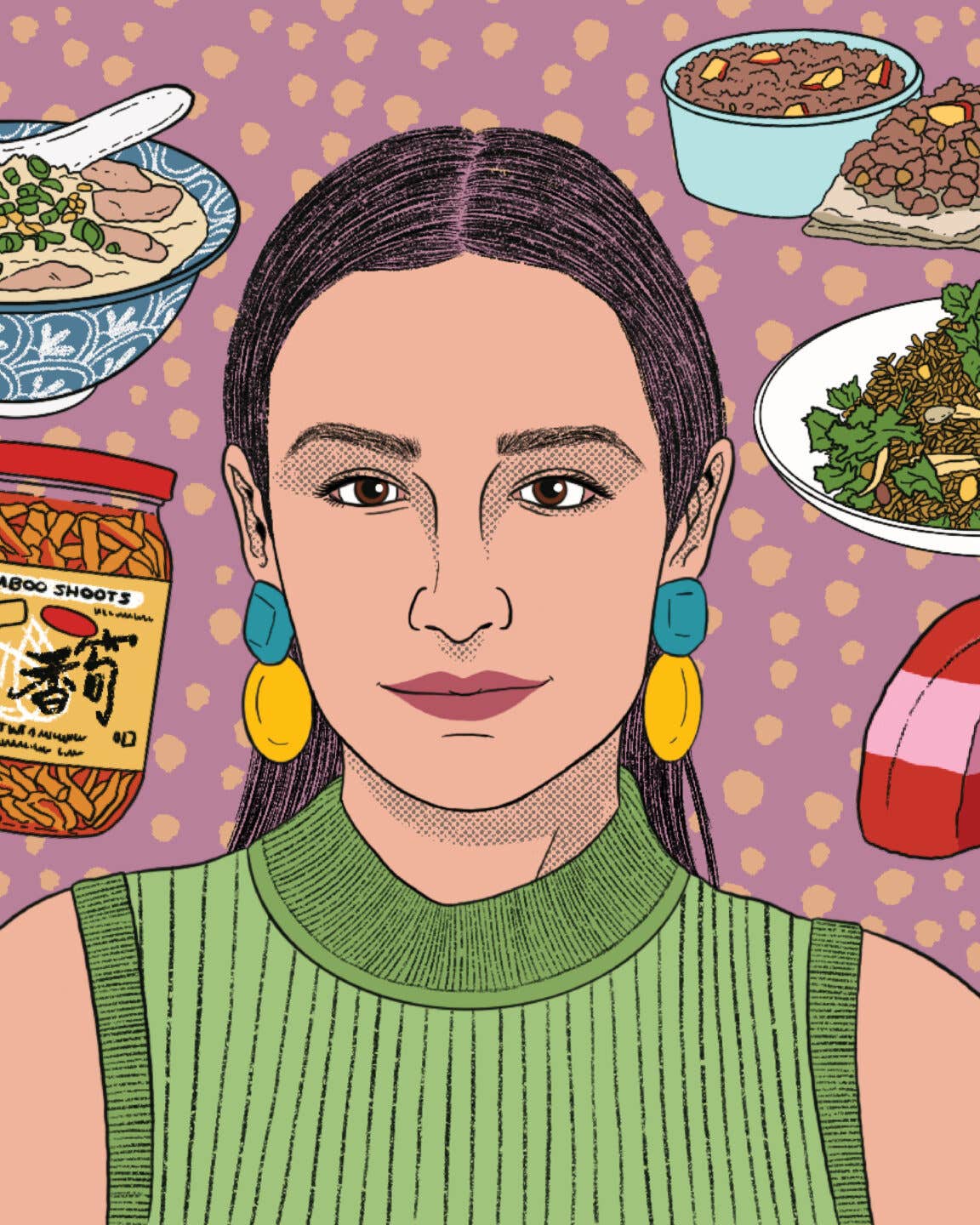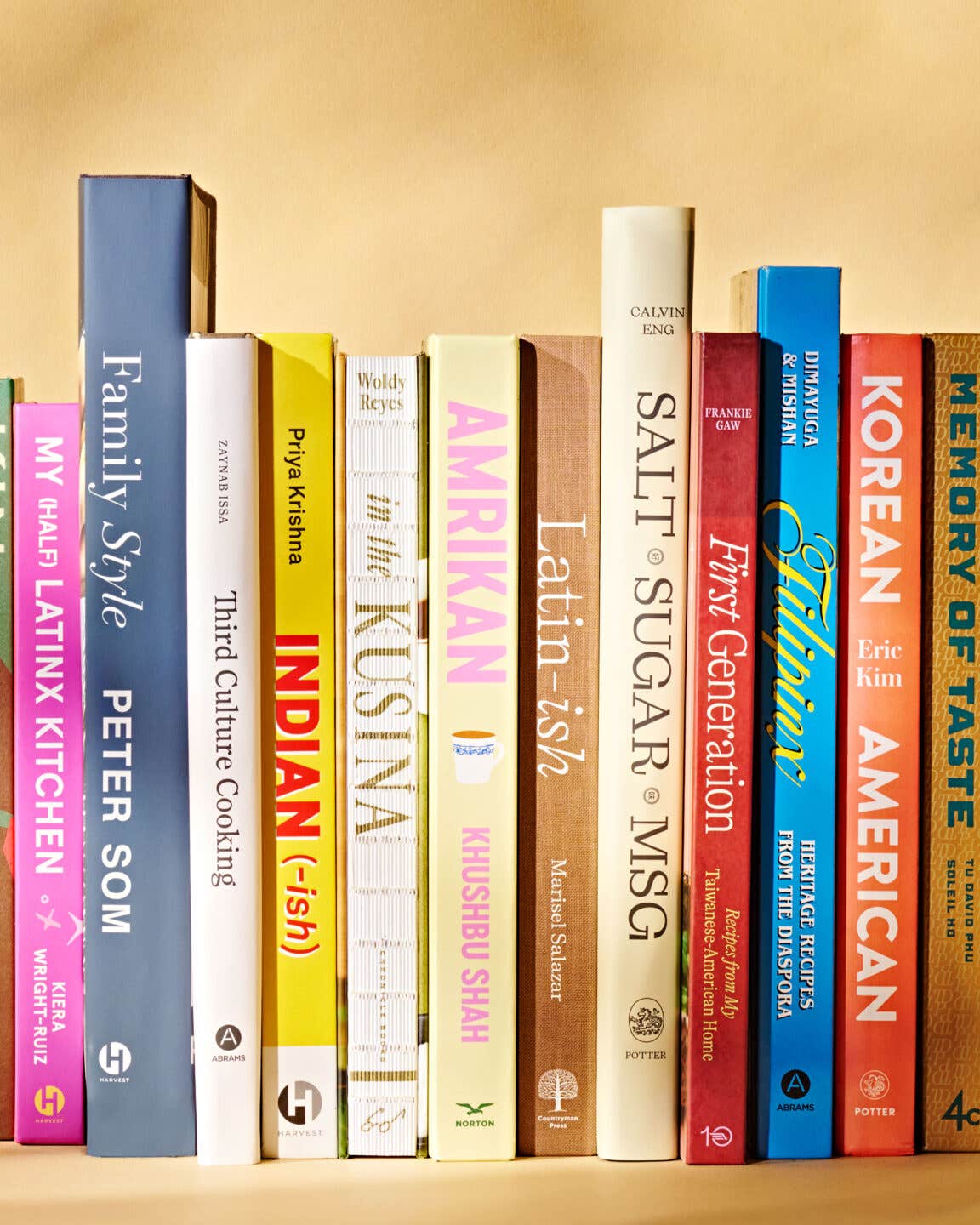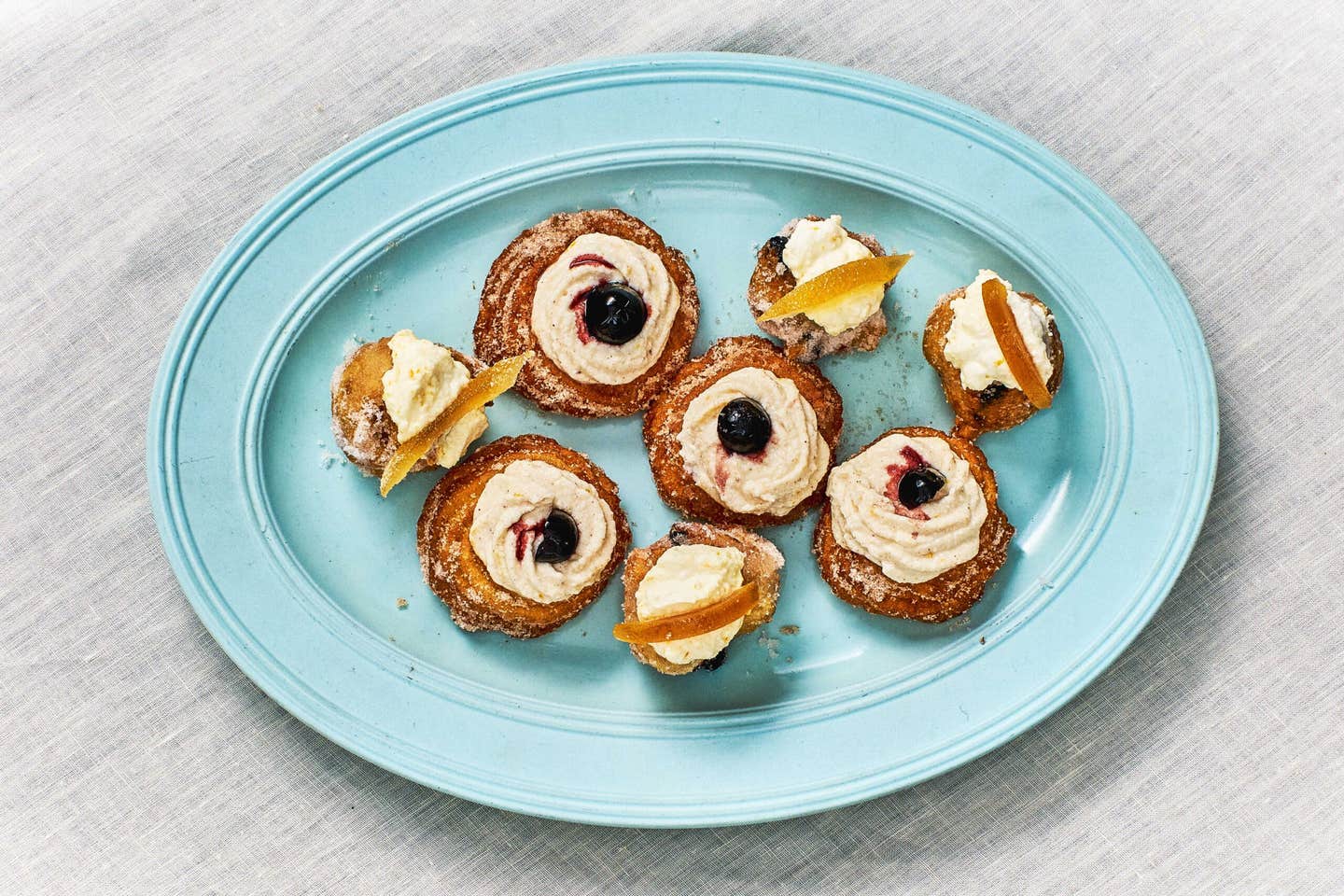How to Cook Like a Venetian
Author Ursula Ferrigno shares the varied culinary treasures of the Northern Italian region, from sweet-tart radicchio to tender butter cookies.
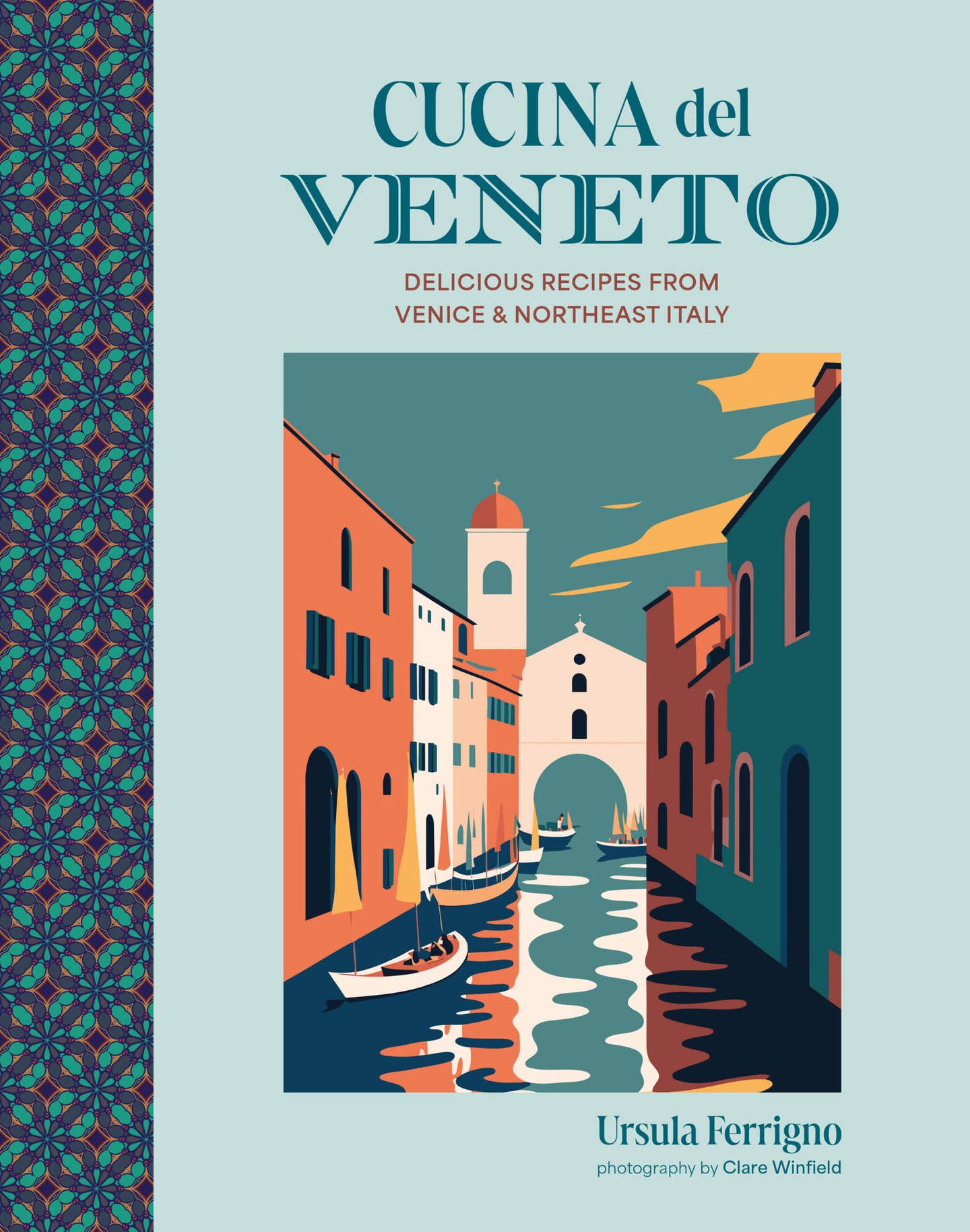
This interview is brought to you by the SAVEUR Cookbook Club, our passionate community of food-loving readers from around the globe, celebrating our favorite authors and recipes. Join us as we cook through a new book every month, and share your food pics and vids on social media with the hashtags #SAVEURCookbookClub and #EatTheWorld.
“What news on the Rialto?” wrote William Shakespeare in The Merchant of Venice, and while his characters were discussing politics, they may as well have been talking about the renowned Venetian marketplace. Venice was once considered the golden capital of cosmopolitan Europe and was a major trade hub for North Africa and the Middle East, regularly importing culinary influences from both. Today, the city remains the capital of Italy’s northern Veneto region, and ingredients arrive at the Rialto Market from its seven geographically varied provinces, including the snowy peaks of the Dolomites and the fertile soils fed by coastal marshes and shallow lagoons. However people—and produce—have made their way to the market over the years, what has emerged is a culture and cuisine very newsworthy indeed.

Author Ursula Ferrigno has spent the past two decades exploring, writing, and teaching about Italian cuisine, and her latest book, Cucina del Veneto, dives deep into the ways of Venetian cooking. I spoke with her from her home in London and learned about her love for radicchio, the techniques that distinguish Venetian food from the rest of Italy, and why going to the market for inspiration and motivation is so crucial to her work.
Jessica Carbone: How did you first learn about the cuisine of the Veneto?
Ursula Ferrigno: My father first introduced me to the region over two decades ago, when he was there growing radicchio and importing it to the UK—he was the first trader to do so. He had a small farm in the Veneto, and a lot of his counterparts said, “Oh, you’re mad. No one’s going to be interested in radicchio, it’s so bitter.” But he’d tell me to come for the weekend to see it and learn from his neighbor, Madellena Chapello, and her recipes really piqued my imagination. I wanted to know the reasoning behind the dishes, why they were so rich, what inspired them, and why their flavors were so different.
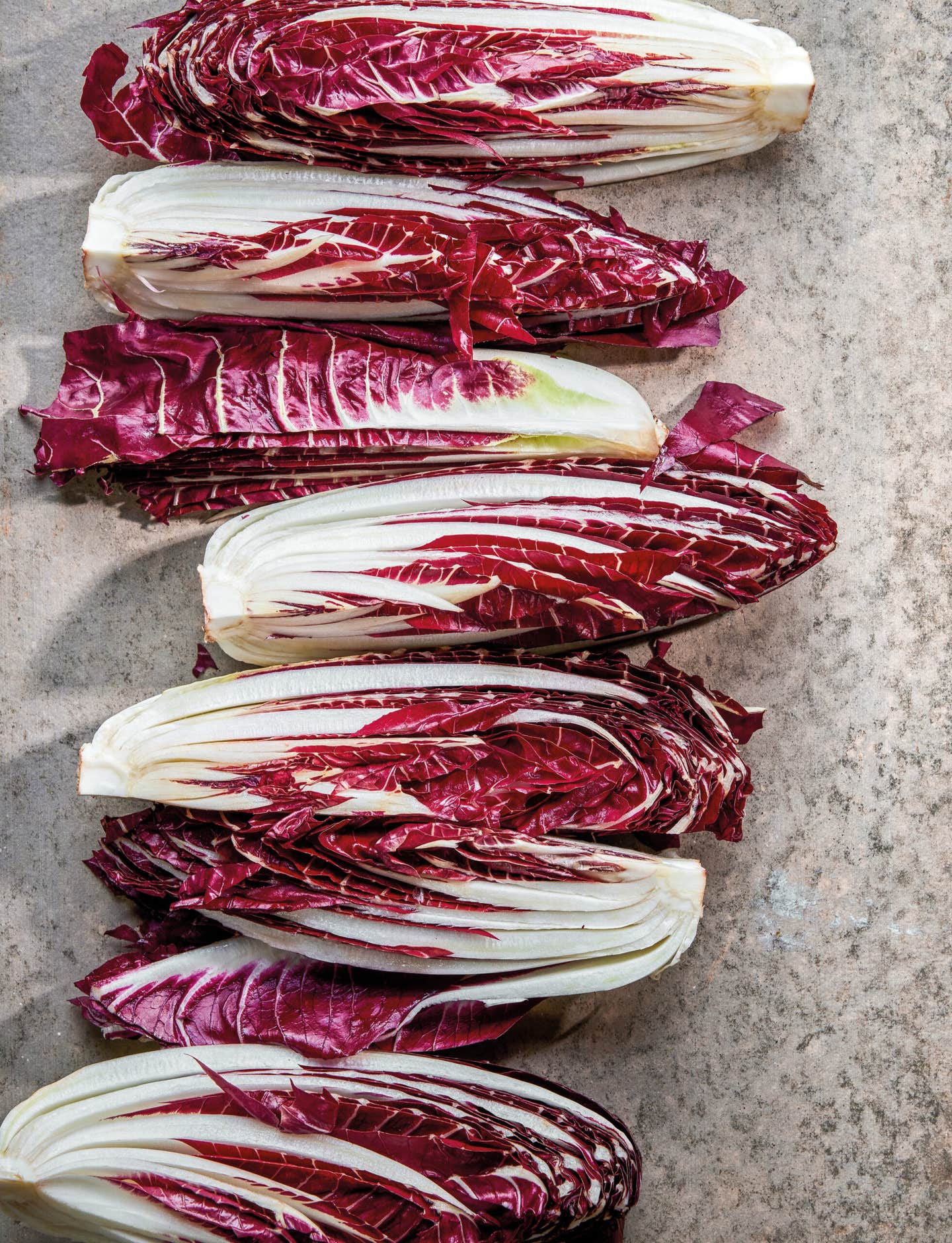
Why is radicchio so important to Venetian cooking?
Italians have a very broad scope of bitter foods, and radicchio grows so well in the Venetian plains that you can get two to three harvests per year, whereas in other parts of Italy, you would only get one. In England, we see it as a winter vegetable and its bitterness isn’t understood. But for an Italian, the bitterness of the radicchio stimulates your liver, and if your liver is functioning well, you feel happy. So it’s a very important vegetable that can be enjoyed pickled, as a salad, grilled, in a lasagna, in so many different ways. It’s so much more than just the color in your salad; it’s a vegetable in its own right, and it’s a proud vegetable. And that’s just taking one small element of Venetian cooking that really inspires me.
How can you tell that a dish has roots in the Veneto?
It’s in the richness of flavors; you’ll see a lot more cheese and butter because it’s a lot colder. I’ve been teaching in Cison di Valmarino in the Veneto for over 20 years, high up in the Dolomites, and we have snow and ice and a very short summer. So when the climate changes, we want richer food that sticks to your ribs, such as polenta. Now, polenta is made from corn or maize, which grows well but isn’t particularly exciting on its own. But when you start adding homemade brodo to that, then the polenta takes on a whole life of its own. Polenta is not something flabby that you chop up and chargrill; it’s very hearty, very healthy, and truly Venetian.
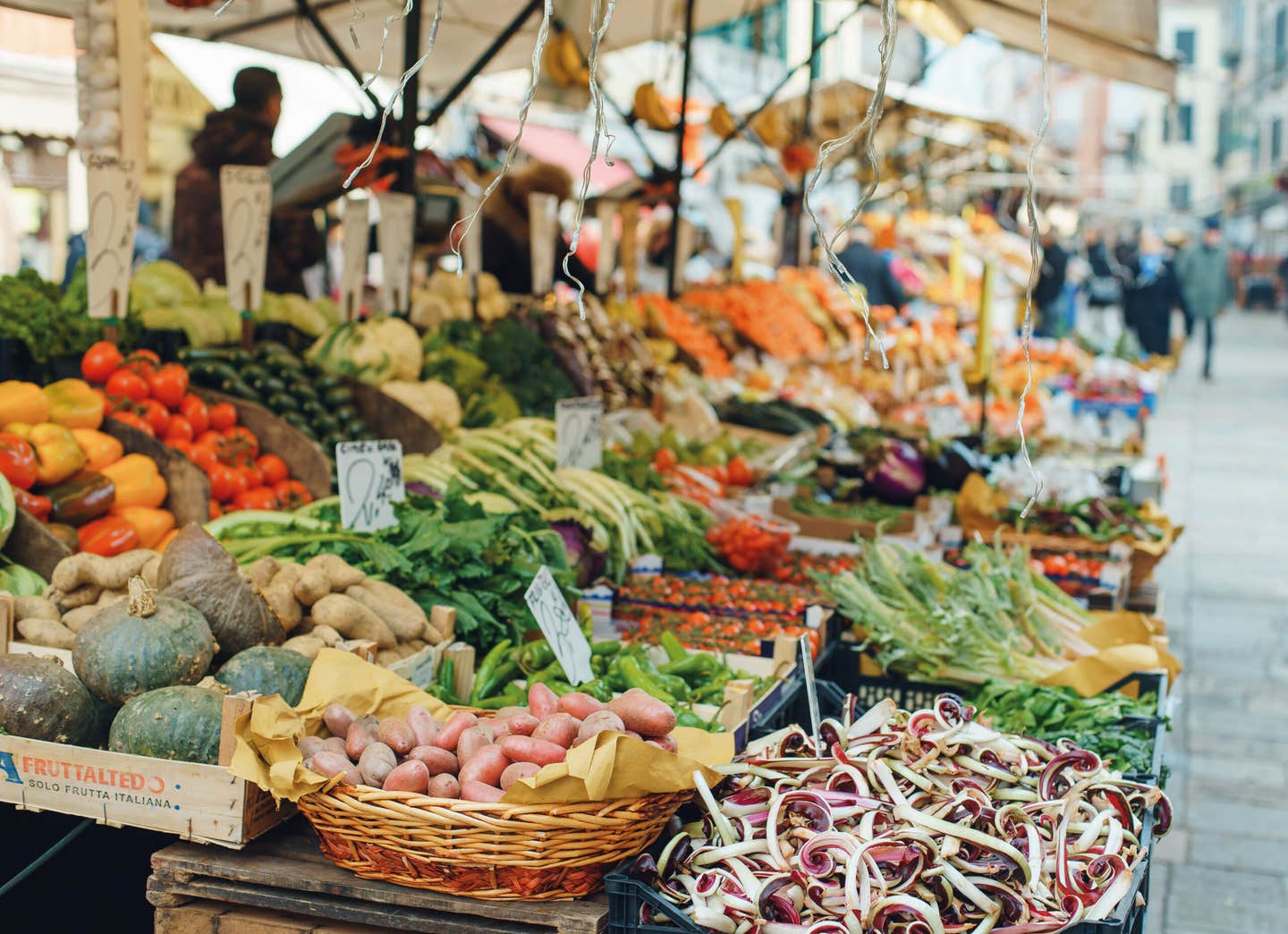
How do the elements that come from the disparate landscapes of the Veneto—the plains, the waterways, the lagoons—make their way to the market?
The mountainsides provide the dairy and the beautiful cheese, and the lagoons feed the waterways, which feed the very fertile plains. And we have the Po Valley through the whole of the north, which provides the rice. We also have a lot of forestry, which is where the mushrooms come from. When I take my students through the market in Rialto, particularly around September, the porcini season is on and then it’s gone. Sometimes ingredients come by boat, by lorries, by train. But they are all intertwined, and the farmers know that the restaurants will be expecting them.
How did the presence of traders from the Middle East and North Africa shape Venetian food?
The agrodolce of Sicily and the saor dishes of the Veneto, they both show a strong Middle Eastern influence. In St. Mark’s Square in Venice, you can see the rich gold in the Basilicata, and all that came from trade with the Middle East: The wealth created abundance, including in food, and it encouraged people to eat more. The vinegar aided digestibility, and the sweet fruit or sugar gave a taste of prosperity and splendor. Another classic Venetian dish is bigoli in salsa—pasta topped with salty anchovies and sweet onions. Without a doubt, that has links to the Middle East, and it’s a dish that signifies the trading, as well as a desire for community. It’s art and food colliding.
Are there key techniques or philosophies behind Venetian cooking?
Respect for your vegetables is so important. The way we cook, we ask our vegetables to accept more flavor. So in the marinated squash dish from Chioggia, we cook it gently to open up the fibrous texture of the squash and let it absorb the other ingredients, which makes it so much more interesting. The flavors are quite big in the Veneto, so our extra-virgin olive oil is lighter. We might have more vinegar, both to preserve and to add more flavor elements. In terms of techniques, to me, making a good broth is the cornerstone of Venetian cooking. You can’t cook without a fabulous broth because that makes rice special, makes polenta special. So spend your time on the brodo, and then your other ingredients will shine.
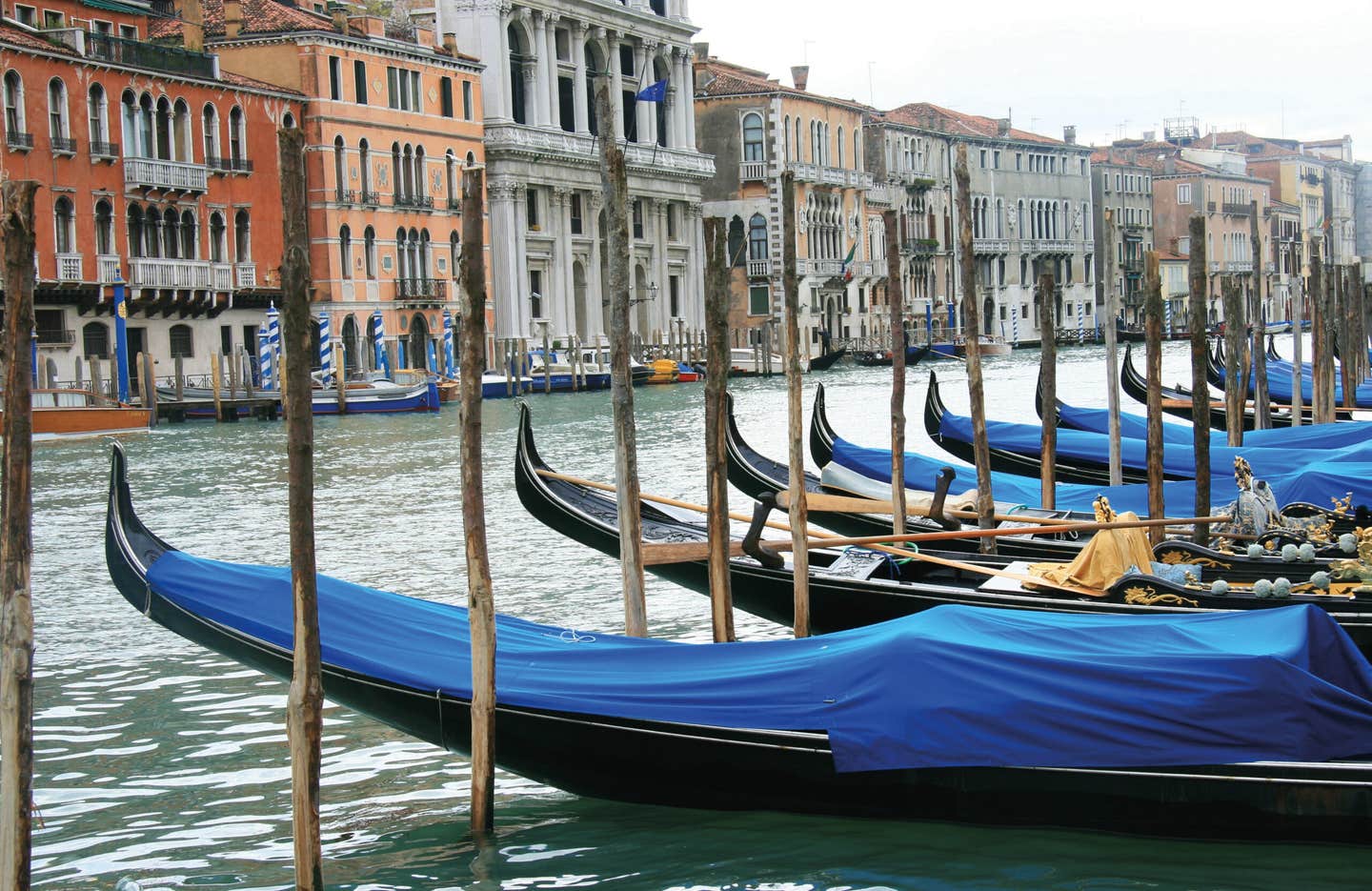
Venice is uniquely vulnerable to the challenges that are coming with climate collapse. How do you deal with that as a teacher and chronicler of this cuisine?
I’m saddened that it isn’t as straightforward as it should be, and that we have to adapt and, as they say in the restaurant business, keep our knees bent. You have to keep adjusting, and it is challenging. I’m going to be teaching in Puglia in two weeks time, and I’ll go out earlier to review the market and build my class based on what is there. So, because of the second flowering of the artichokes, I will be able to do an artichoke lesson. I can’t give menus ahead of time; I have a framework for what I’m teaching, but I don’t know until I go to the market. It’s pivoting and adjusting and doing what we can, and making up a dish along the way. My friends plan their meals for the whole week; I can’t do that. I adjust dishes based on the weather, the day, the feeling I want to find.
If someone is going to the Veneto region for 72 hours, and they can only eat five dishes, what are the things they must sample while there?
The bigoli pasta in salsa, and the cicchetti, because they are so varied and they’re such a temptation. They represent the richness and decadence of the region, encapsulated in these tiny morsels that you can’t resist. I would also say something fishy, because I’m crazy about fish. I love the pasta with duck a lot and the linguine al nero di seppia—with cuttlefish ink—because it’s glamorous and dark. And the dolci, especially the bussolai (butter cookies), which I love. I can’t choose; it’s a cuisine full of constant surprises and I’m reeled in to experiment.
Recipes
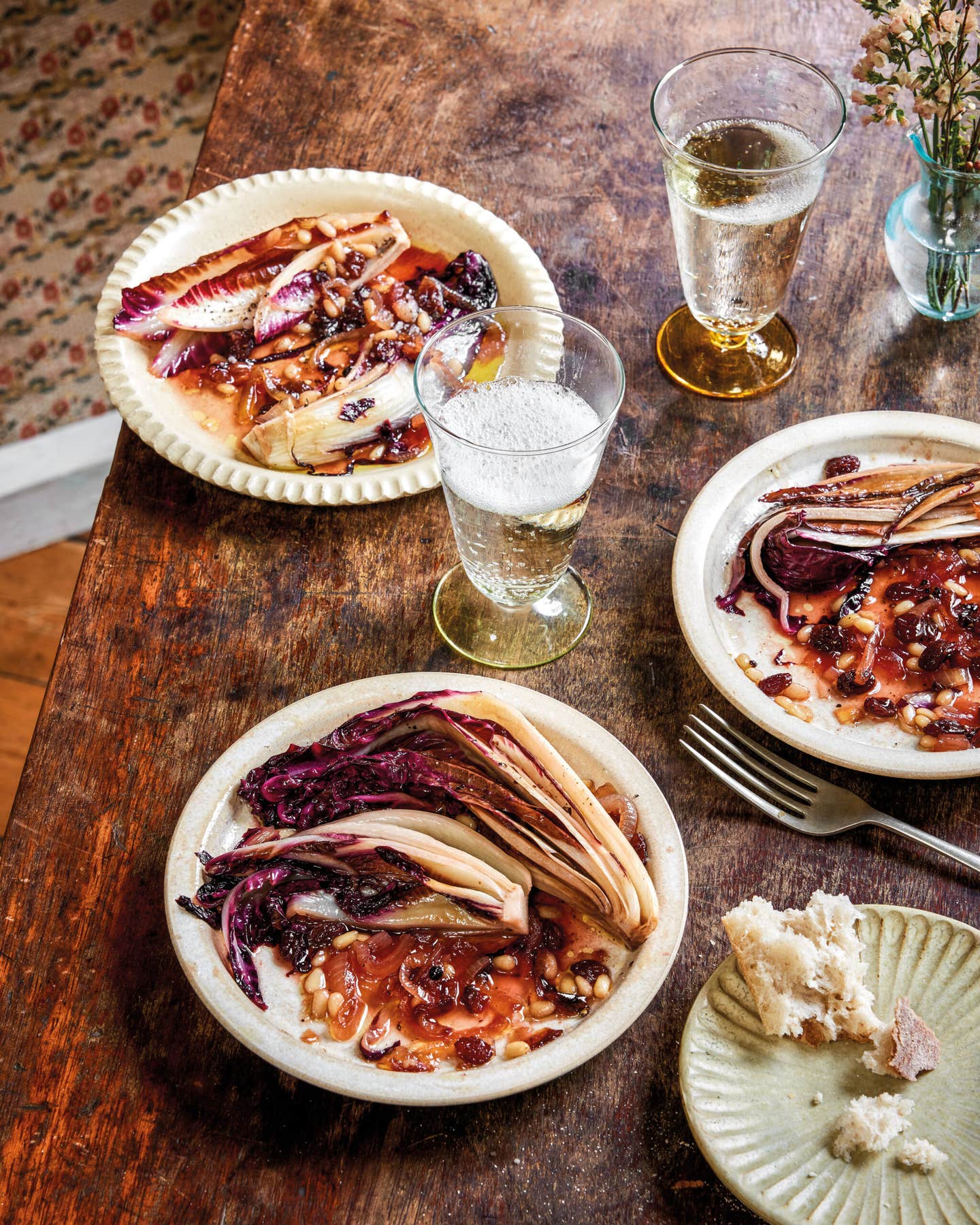
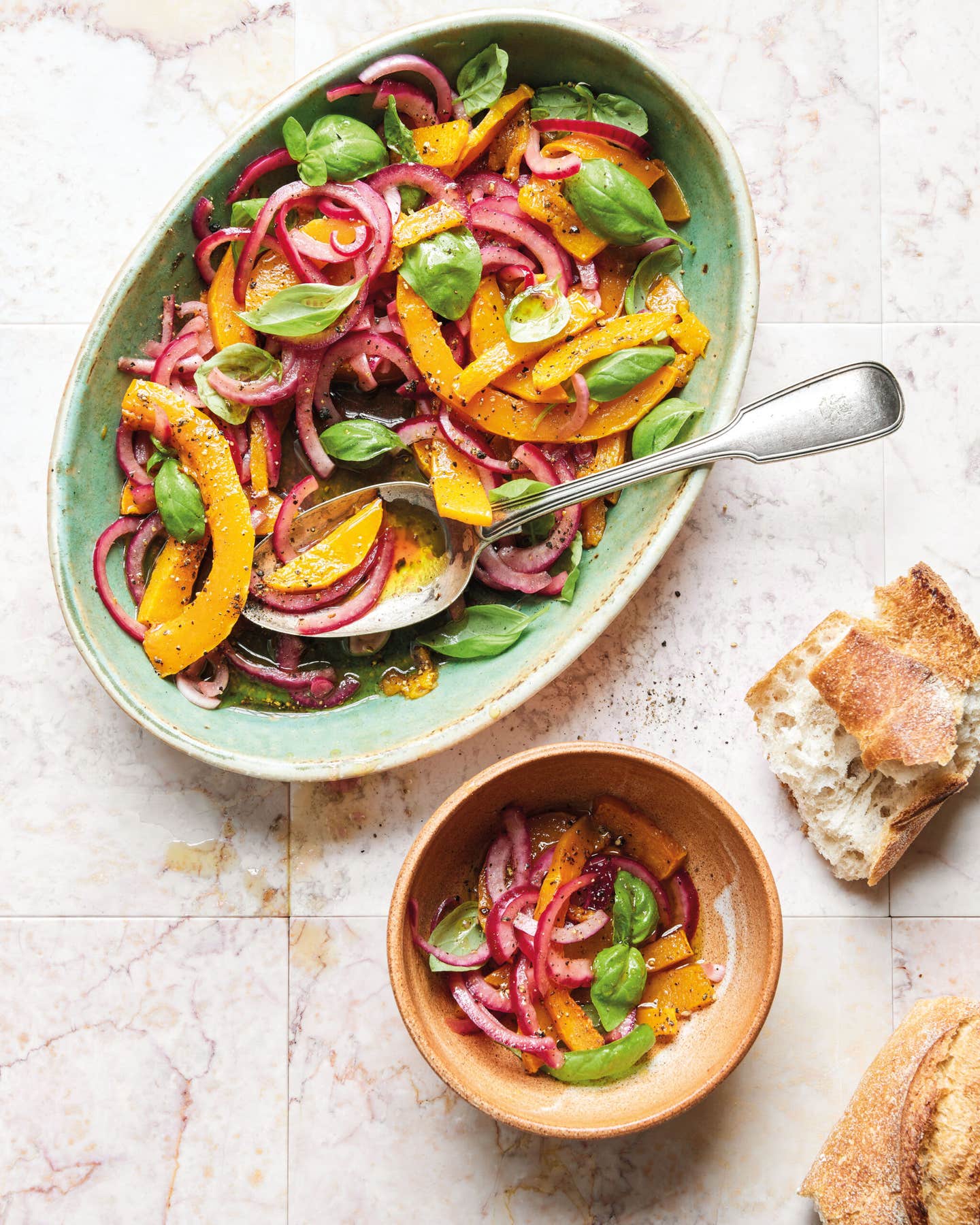
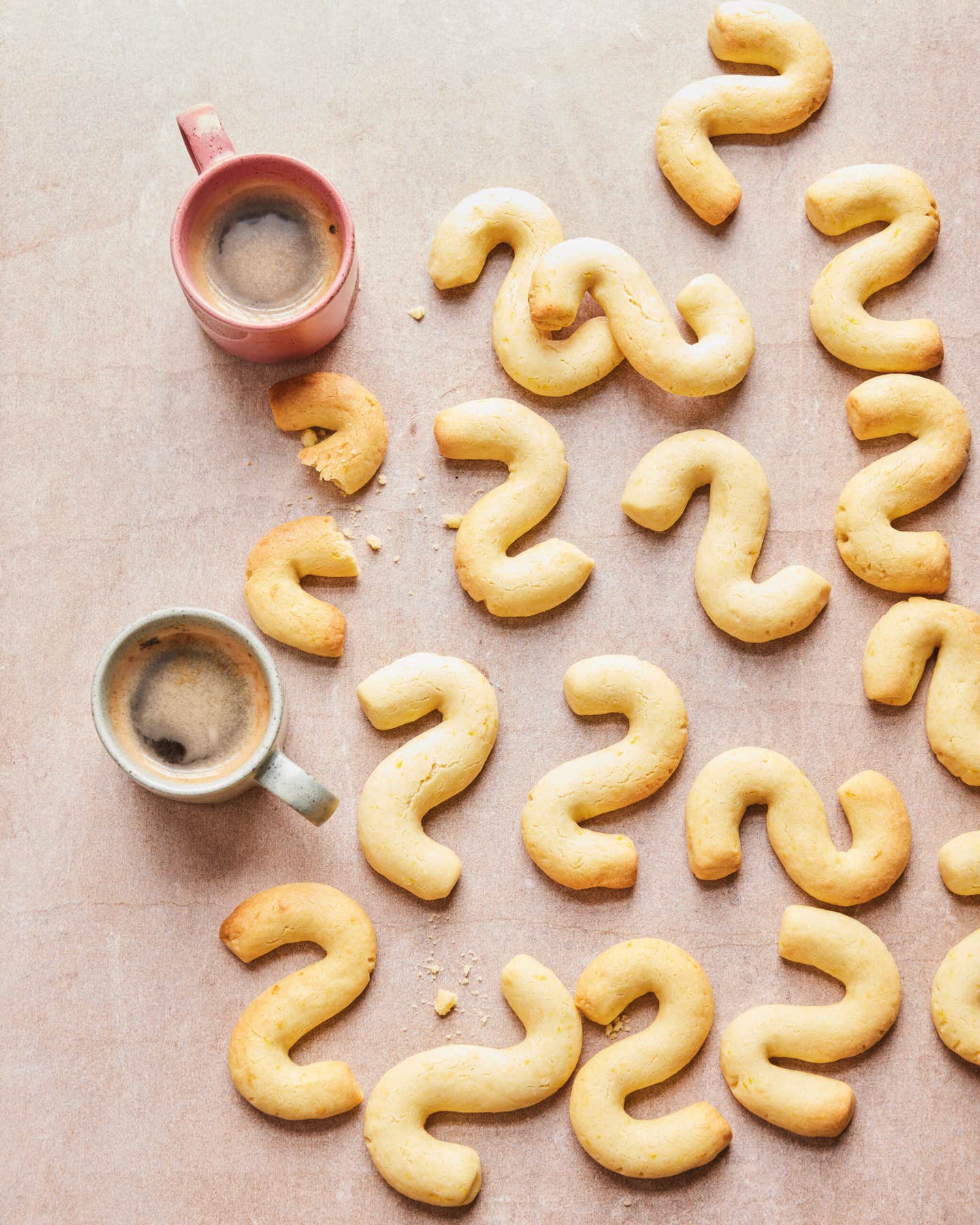
Keep Reading
Continue to Next Story



